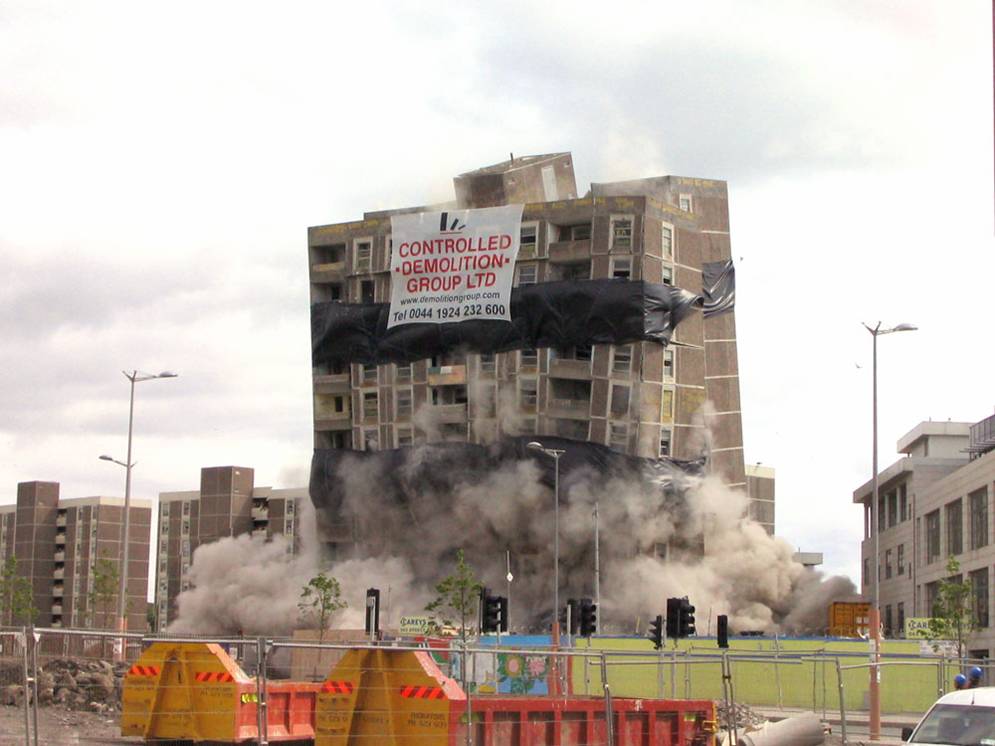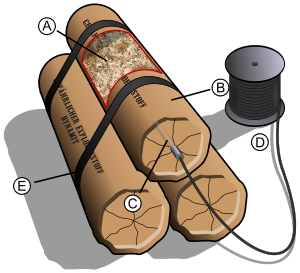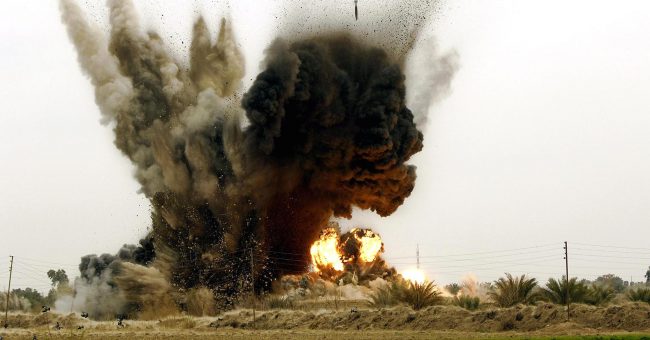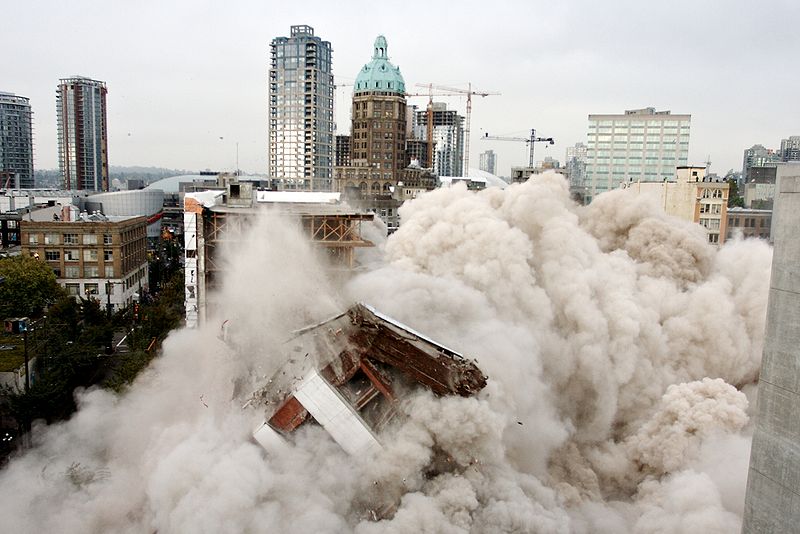
When we think of blasting & explosives the first thing that comes to mind for most is a building crumbling or the eruption of something catastrophic. Detonators & dynamite & a few seconds later there is a building implosion, leaving many in awe as a once beautiful building, now lays in a midst of dust & rubble. Did one ever wonder how this process happens, what actually goes into blasting & explosives?

Let’s take an insightful journey into the wonderful world of blasting’s & explosives.
What are explosives: Explosives are materials that produce violent chemical or nuclear reactions.

Boom! Did you hear that explosion? It sounded like a thousand sticks of dynamite blowing up at once. Can you imagine what that might look and sound like? Dynamite was used dating back to our forefathers & is still used today. These are the 4 main industries that use dynamite i.e. construction, mining, quarrying & demolition. An interesting fact, dynamite was used as a weapon in the military but in time other explosives took over & dynamite became a thing of the past
Blasting in the mining industry: In the mining cycle blasting is imperative. In almost every aspect of mining, rocks are broken by drilling & blasting. This technology is the process of breaking down material by using a certain amount of explosives on a mine site. Too many explosives on a mine site can cause damage to rocks & the caving of rocks. A more traditional method of blasting is using black powder & dynamite. The more common explosive used today is ANFO (Ammonium Nitrate Fuel Oil).
What is civil blasting: The most important function of civil blasting is for breaking, removing or demolishing rock of different sizes. So think about how roads are formed. The preparation that goes into forming this long stretched highway. Blasting is one of the most important functions, to ensure the road maintains a certain level, as well any hard rock found under is removed before the roadworks begin.

Building implosions: A building implosion has to be strategically planned, well timed & executed. The detonation has to be on point, so that the structure collapses on itself, in the blink of an eye. The reason for this well-executed implosion is to minimize damage to its surroundings. Building implosion is not just related to buildings, although the terminology, this includes bridges, towers, tunnels etc. History is quite amazing the first ever attempt at a building implosion was in 1773 in Ireland of the Holy Trinity Cathedral.
Technology does control the present & definitely the future with improvements being made every day. So picture great beaming machines, built of bolts, gleaming metal & revolutionized with technology, in the click of a button, from the comfort of your office a building or mine site can be blown up.

Blasting footage: https://youtu.be/6Fw3omoCxRs
Sources:
https://en.wikipedia.org/wiki/Dynamite
http://technology.infomine.com/reviews/Blasting/welcome.asp?view=full
http://www.blastquest.co.za/blasting-a-drilling-info/30-blasting-the-types-of-blasting-services.html
https://en.wikipedia.org/wiki/Building_implosion
Image Sources:
About Meryl Matthew
I started at Leads 2 Business in 2014. I am a friendly, bubbly, enthusiastic person. I am passionate about sales & customer service. My motto "when you know better you do better".









 Nikolai Zelenski, Chief Executive Officer of Nordgold, he claims Nordgold has a Proven Strategy in a Lower Price Environment.
Nikolai Zelenski, Chief Executive Officer of Nordgold, he claims Nordgold has a Proven Strategy in a Lower Price Environment.
